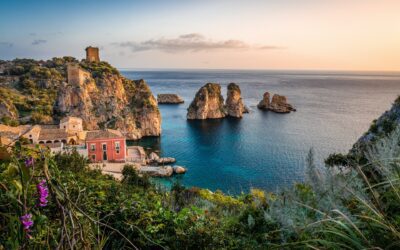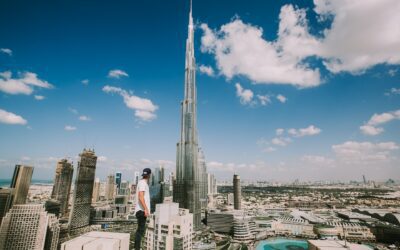|
|
Italy is offering foreigners €15,000 to move to Sardinia and the opportunity to become permanent residents, which would also make them permanent residents of the EU. Is this the right opportunity for you?
The Sardinian Program
The Italian government is worried about the aging and dwindling population of Sardinia, an Italian island paradise in the center of the Mediterranean. While the island features white sandy beaches, crystal blue waters, and untouched forests, it is extremely rural, which means few employment opportunities for young people who are swiftly moving away. The average age of Sardinian residents is almost 50 and on the climb.
More than 500 centenarians currently live in Sardinia! But this reflects the wonderful food and excellent quality of life you will find on the island.
The Italian government wants to encourage more young people to move to the Island and set down roots to rejuvenate the economy, which is the motivation for their current scheme.
Terms and Conditions
The Italian government has set aside €45 million for 3,000 grants for young people and families to move to the island with a grant of €15,000 each.
But this money comes with terms and conditions attached.
The grant must be spent on buying or renovating a home on the island, and that home must be in one of the Sardinian municipalities with fewer than 3,000 residents. In addition, the grant must cover no more than half the cost of the purchase or renovations, or you may receive a reduced amount.
Once accepted into the program, you are expected to live on the island full time, which means for at least 183 days each year. You are also expected to apply for permanent residency in Sardinia within the first 18 months of arriving on the island and receiving the grant.
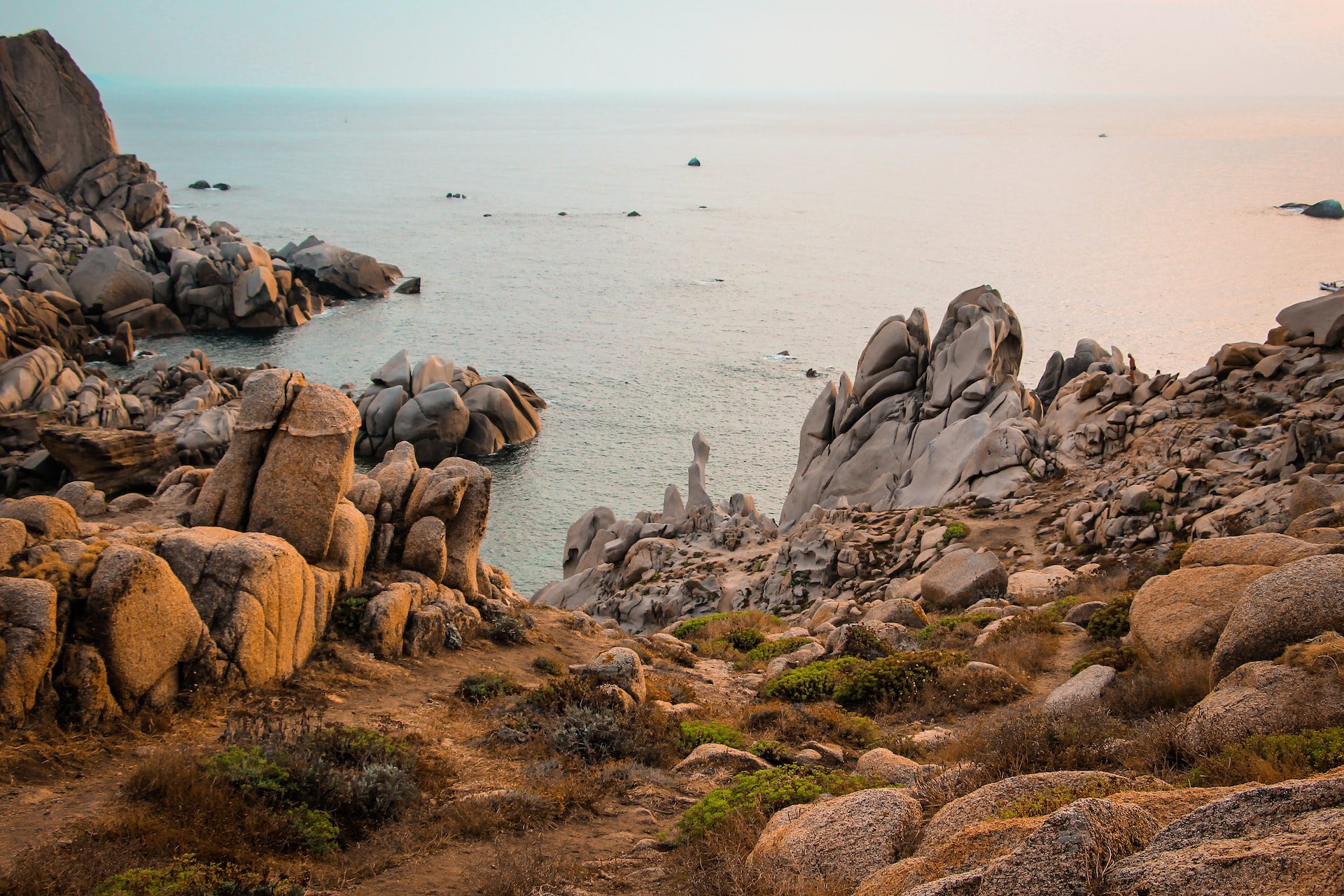
Benefits
While most digital nomads aren’t looking for a new permanent home, there are a lot of benefits associated with this program.
As a permanent resident of Sardinia, you will also be a permanent resident of the EU, which will give you a lot of freedom to explore the continent.
Plus, there are worse places to call home! Sardinia is an island paradise spread over around 9,300 square miles (24,090 square kilometers) and influenced by Italian culture, nearby Tunisian culture, and many other cultured of the Mediterranean.
The island has a respectable population of 1.6 million, which means there is a lot going on in terms of restaurants and culture, but you have access to the EU market for business.
Where To Live in Sardinia
One of the most important stipulations of the program is that you set yourself up in a municipality of fewer than 3,000 people. This means most of the places you have heard of are off the table!
But Sardinia has 377 municipalities, many of which meet the requirements. The distance between towns is not great on the island, so you could set yourself up in one of these municipalities and still have good access to some of the larger cities.
Below is a selection of some of the municipalities that you might be able to call home.
Atzara
Atzara is located in the Nuoro region of Sardinia only about 90 kilometers from Cagliari, the capital, and 45 kilometers from Nuoro, the capital of the region. It has a population of around 1,200 people. It was founded in the Middle Ages, and this history penetrates the city, which has a medieval quarter of granite structures and several beautiful churches.
Calasetta
Calasetta is located in the south of Sardinia and has a population or around 2,800 people. It is located on the Silcus Archipelago, which means great access to beaches including Grande, Sottotorre, and La Saline, which has some of Sardinia’s most famous coastal cliffs. The city itself was founded in 1769 and has strong Ligurian and Tarbarkine influences; Tabarka is a nearby Tunisian island. The village is characterized by white building with colorful balconies and narrow alleys.
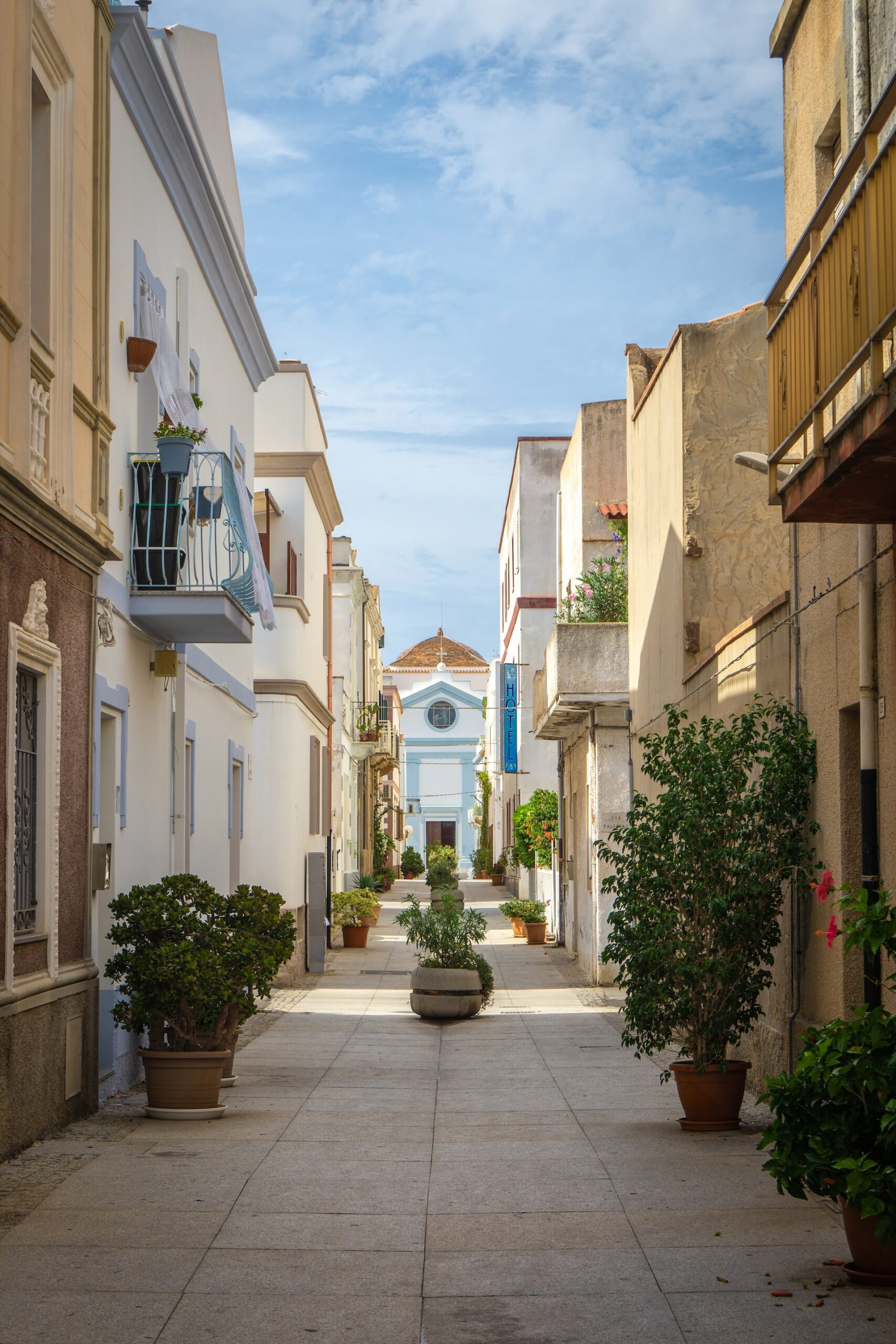
Cuglieri
Cuglieri in the Oristano region has fewer than 3,000 people. It stands on the place where the Roman settled in the 2nd century BC and is perched on a defendable hill, which gives amazing views over the surrounding region. You are close to several good beaches and only about a 30-minute drive from the later city of Bosa.
Mamoiada
Mamoiada has around 2,500 and is the most famous village in the Barbagia region. It is known for its annual carnival festivities in February, where participants dress up in elaborate costumes and masks. The most famous are the Mamuthones, who wear sheepskin and beastly black wooden masks. There are great views of the surrounding mountains from the village.
Santu Lussurgiu
Santu Lussurgiu has a population of less than 2,500 near the interior of the island in the heart of the volcanic Montiferru region. It is surrounded by forests and located on a hilltop with great views. It is the home of cantu a tenore, a traditional Sardinian type of polyphonic singing. The small town is also known for its quality handmade knives.
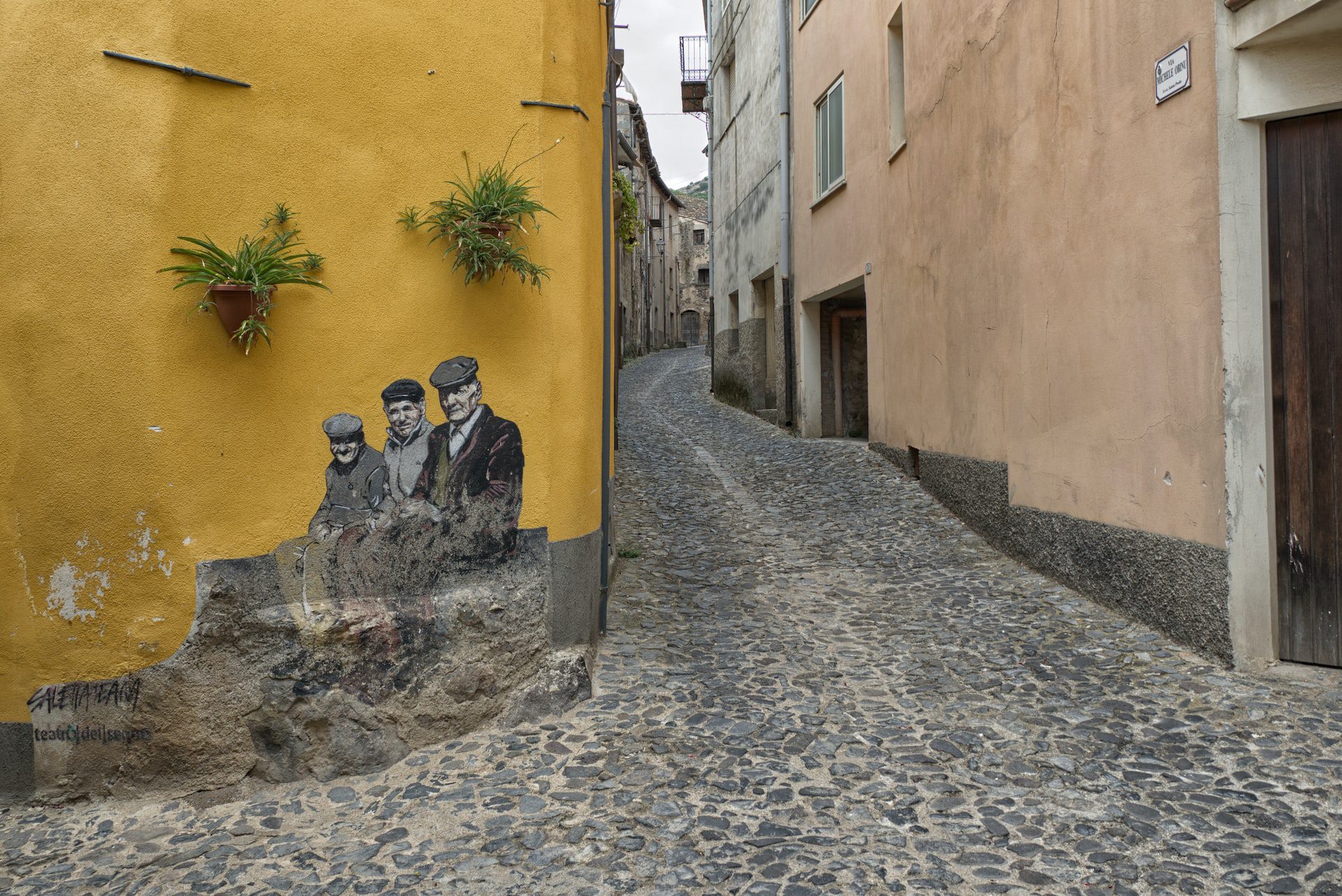
Serdiana
Serdiana in South Sardinia has a population of a little over 2,500 and is located just 20 kilometers from the capital, Cagliari. Famous for wine production, it has at least five good wineries. It has a beautiful Romanesque church dating back to the 12th century and a saltwater pond where pink flamingoes live and nest.
Stintono
Stintino has a population of just 1,500 in the Sassari area in the northwest it is home to some of the most beautiful beaches in Sardinia. The most popular is La Pelosa with white sand and turquoise water. This is also an authentic market town where you can get amazing fresh produce every day.
Tramatza
Tramatza has a population of fewer than 1,000 people and is a wine region where grapes and wine are still made in the traditional way. They grow vernaccia, an endemic grape that has been produced there for more than 3000 years.
The Verdict
Those looking for a permanent base to explore Europe could benefit from this opportunity for a subsidized investment in Sardinia, which also offers Italian residency. While you need to base yourself in one of the smaller municipalities, these tend to be close to white sandy beaches, fertile wine regions, and great hiking regions.
To find out more about the visa and your eligibility you should speak to your local Italian Embassy.
If you visit Italy, make sure you have valid health insurance. SafetyWing provides travel and medical insurance for digital nomads. Their Nomad Insurance covers your stay in Italy and in any other part of the world.




